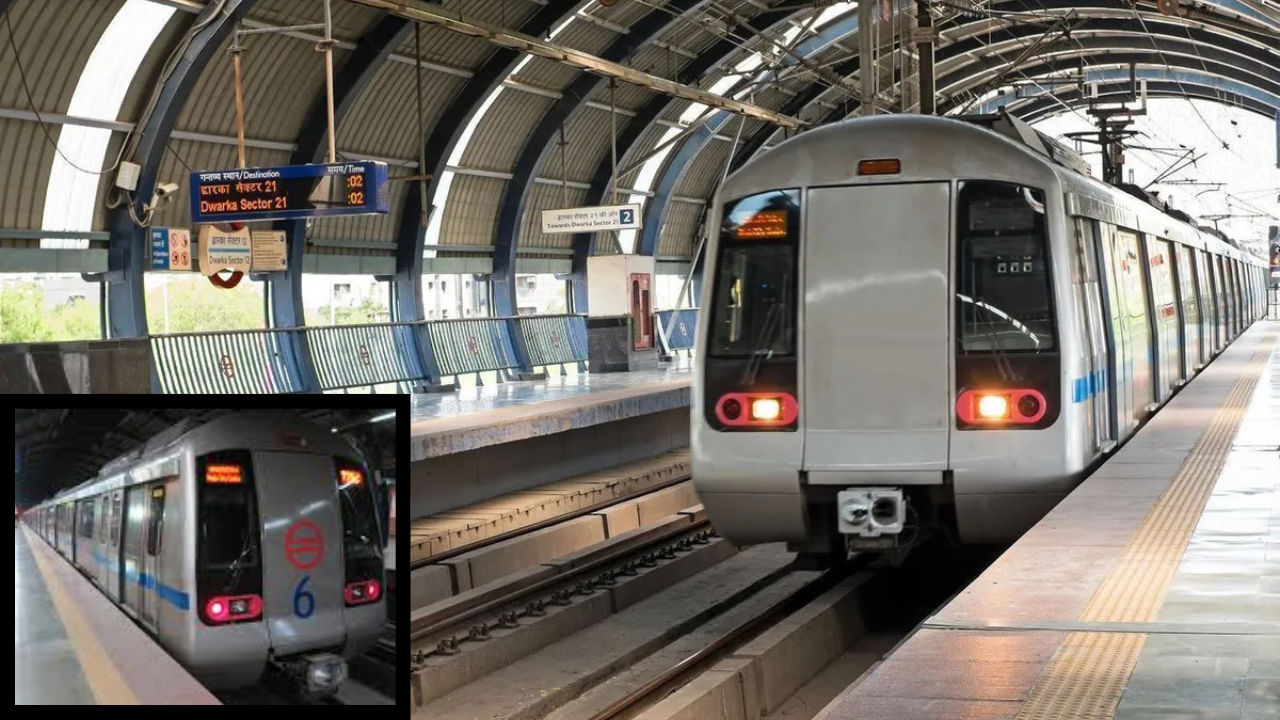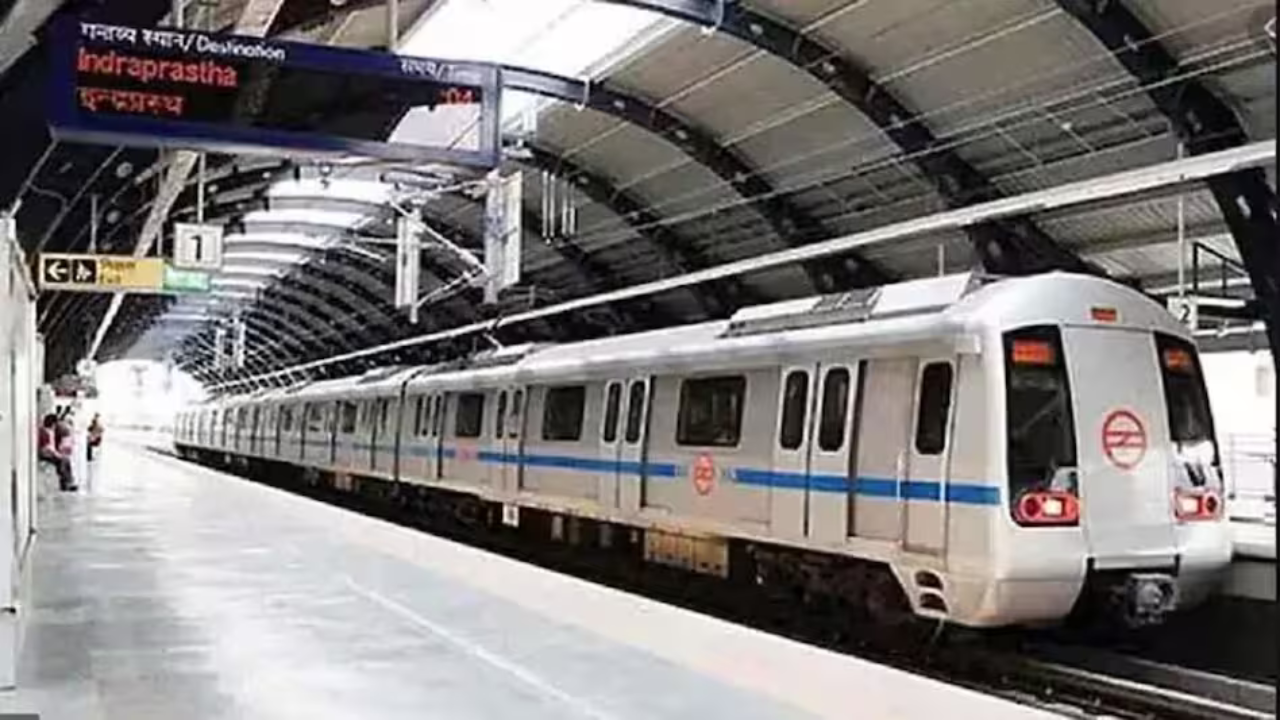 English
English

What if your morning commute on the Blue Line became smoother, more spacious, safer, and quicker? Discover how the Delhi Metro Rail Corporation is moving to extend platforms at 32 key stations to ease rush-hour pressure and carry longer trains with greater ease.

Delhi Metro will extend platforms at 32 stations.
New Delhi: The Delhi Metro Rail Corporation (DMRC) has green-lit an ambitious project to extend platforms at 32 metro stations across the city and adjoining satellite towns. According to a senior official, the move is designed to ease the heavy rush-hour burden and streamline commuter flow by enabling longer trains and higher passenger volumes.
The selected stations include key nodes on the famed Blue Line corridors: from Noida Sector 15, 16 and 18, Golf Course to Noida City Centre on the main line, as well as Laxmi Nagar, Nirman Vihar and Preet Vihar on the Blue Line Extension. By enlarging platforms at these hubs, the DMRC aims to make boarding and alighting easier, reduce congestion and improve overall travel comfort.
The formal tender for this upgrade was issued on October 24 and will remain open until November 17. Technical bids are set to be opened on November 18, preceded by a virtual pre-bid meeting on October 31 to clarify scope and expectations for potential contractors, the official said.
Once the administrative and technical formalities conclude, work is expected to begin without delay. Given the complexity of platform extension (which may include structural modifications, re-signalling interface, and safety checks), the early initiation of the tender process is key to ensuring timely delivery.
DMRC to introduce driverless trains on Delhi Metro’s new Phase-IV corridors; Details here
The Blue Line is among the most heavily used segments in the network, connecting major hubs in Delhi with satellite cities such as Noida and Ghaziabad in Uttar Pradesh. With two distinct sections, the 50-station main line and an eight-station branch — the Blue Line spans approximately 50 km and carries a substantial share of peak-hour commuters.

The move will allow longer trains and reduce congestion.
By enhancing stations along the busiest routes, DMRC is proactively addressing future demands. With daily weekday ridership of around 6.5 million across the network of 10 lines and two rapid-rail links, the pressure on platforms and trains during peak hours has been mounting. Without infrastructural upgrades, crowding and safety risks can multiply.
The benefits for daily users are concrete: longer platforms translate into handling longer or more frequent trains, which in turn reduces waiting times, eases platform crowding and makes the entire journey more comfortable. According to the official, this upgrade will also “reduce the risk of accidents” by lowering jostling and providing clearer boarding zones during busy periods.
Moreover, smoother boarding and deboarding enhance on-time performance and reduce dwell time at stations. This means less delay, better connectivity and a more pleasant experience across the network.
In essence, this initiative demonstrates the DMRC’s forward-looking approach: not just reacting to current congestion, but planning infrastructure enhancements to accommodate rising demand. As urbanisation intensifies and the need for reliable transit grows, extending platforms is a tangible way to keep the system safe, efficient and comfortable for lakhs of riders every day.
For commuters on the Blue Line and its extensions, the day this upgrade begins marks a step toward less stressful, more spacious metro travel.